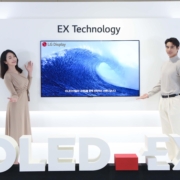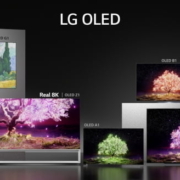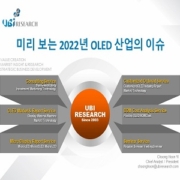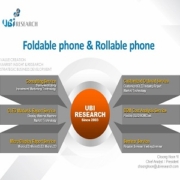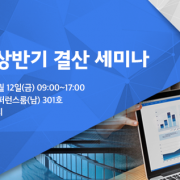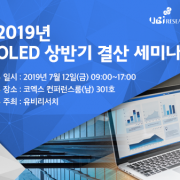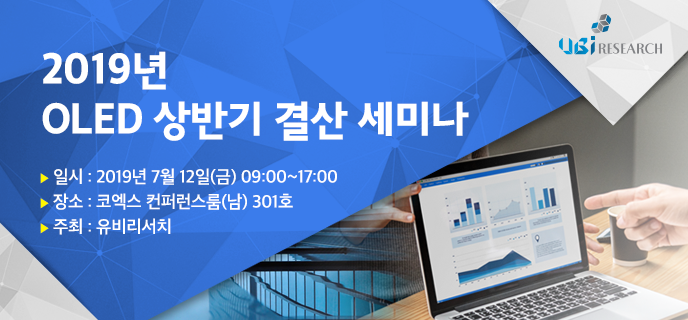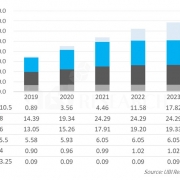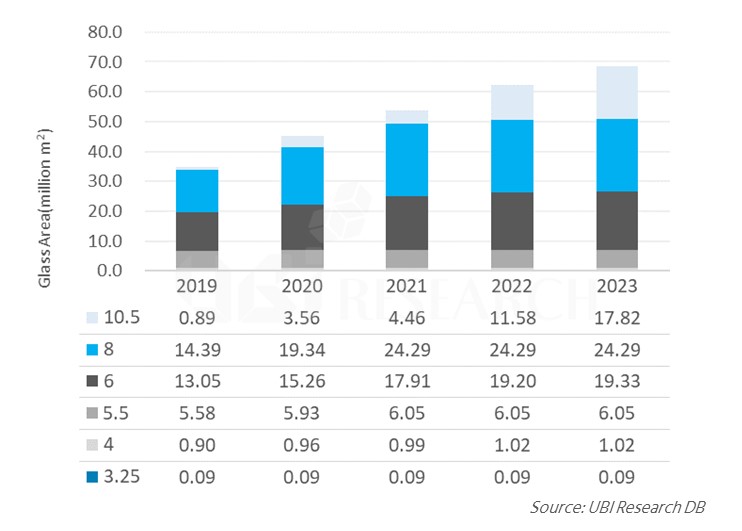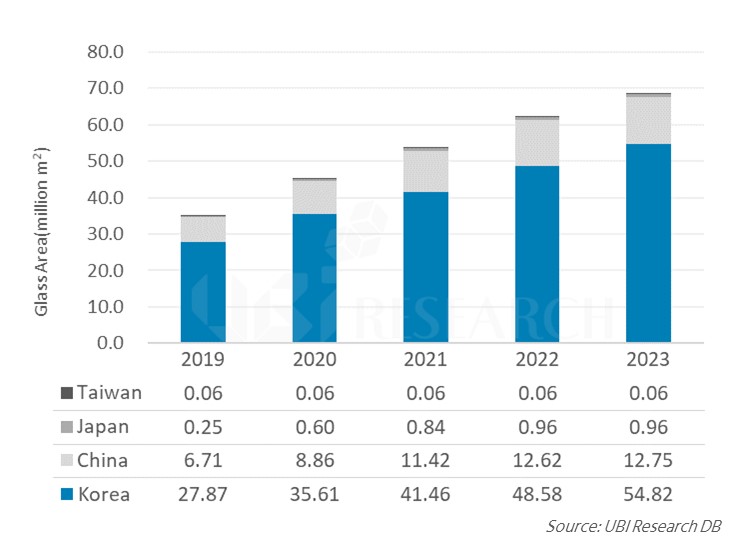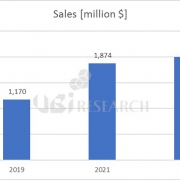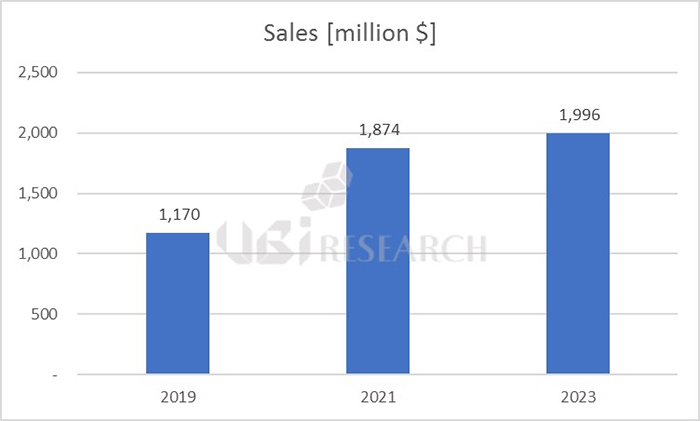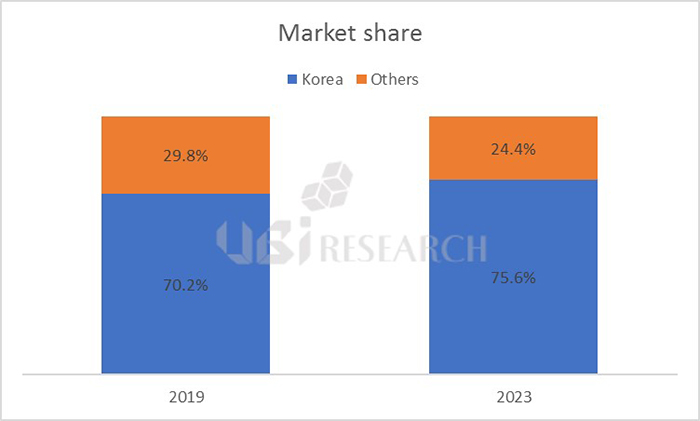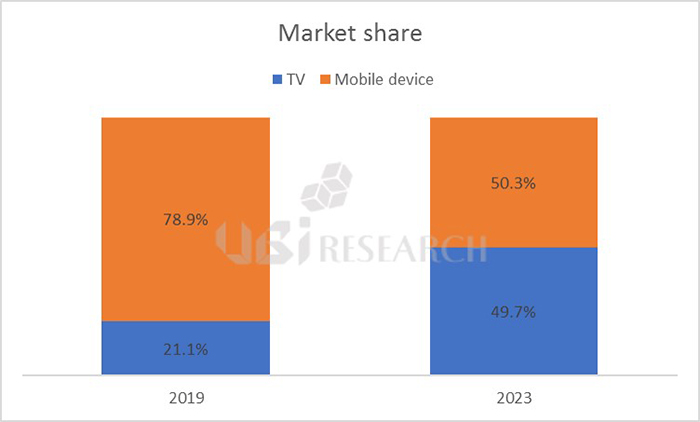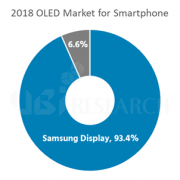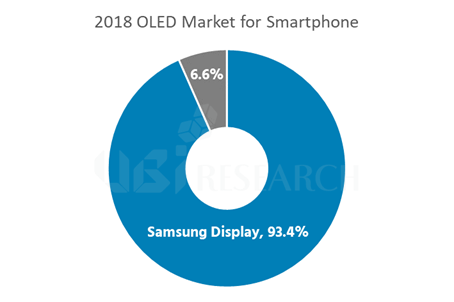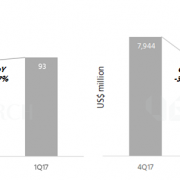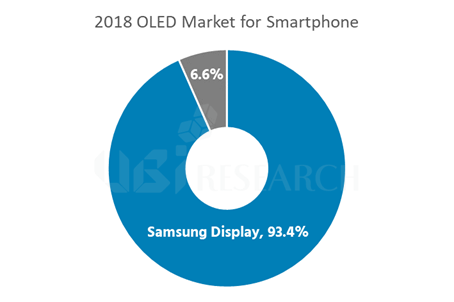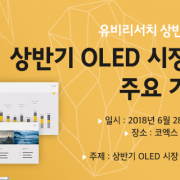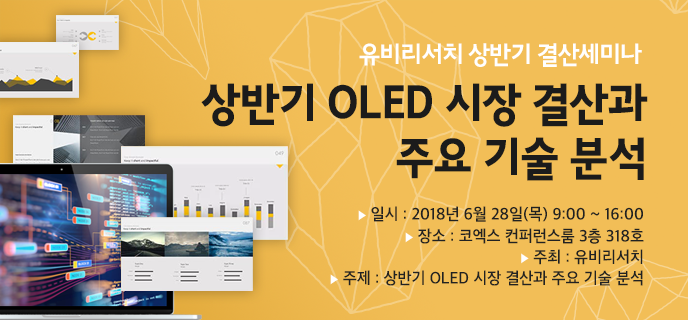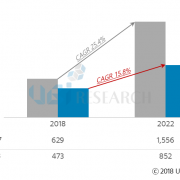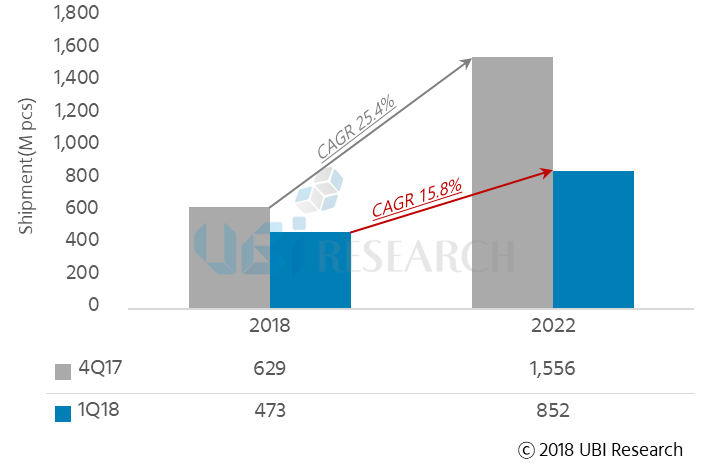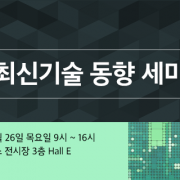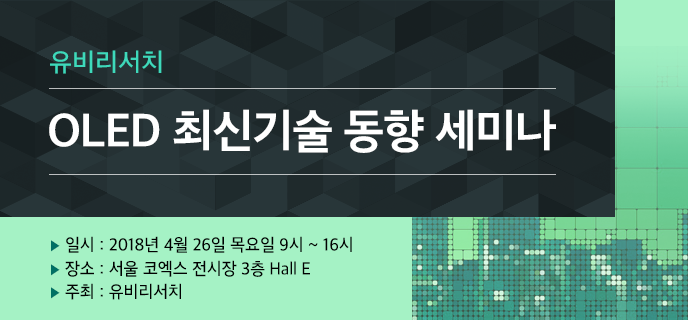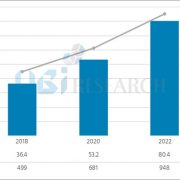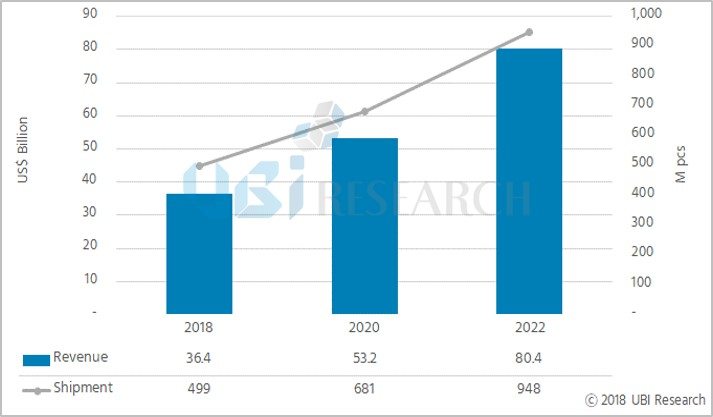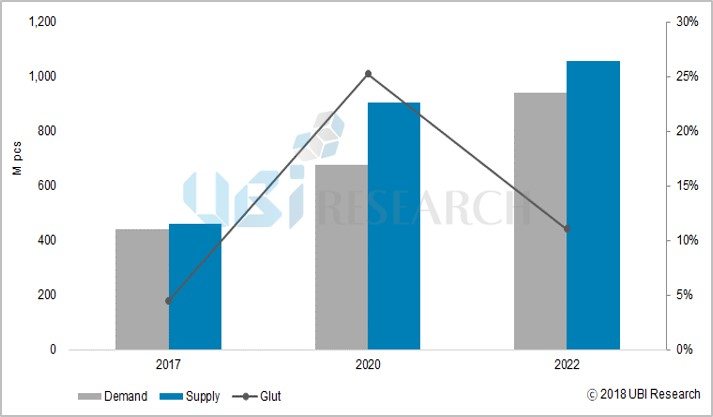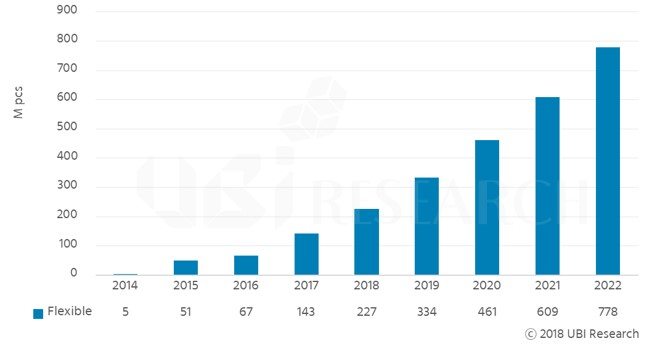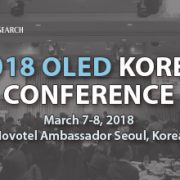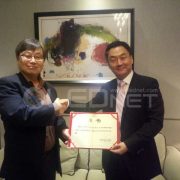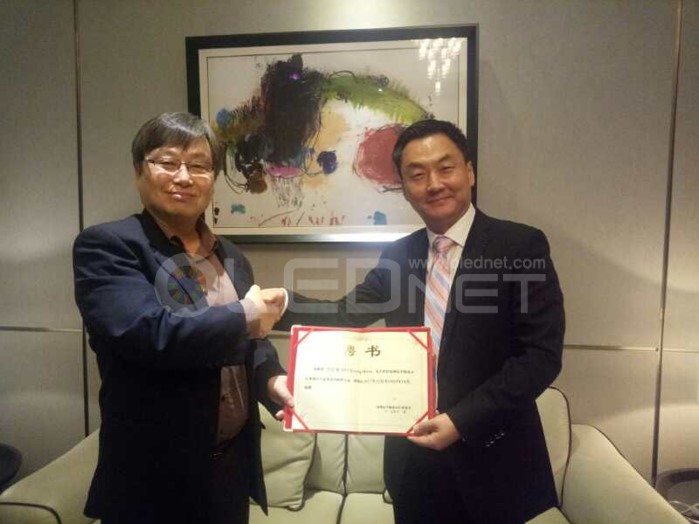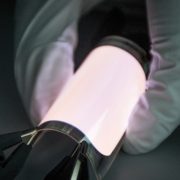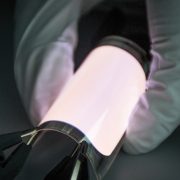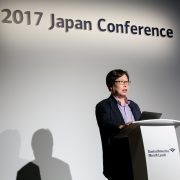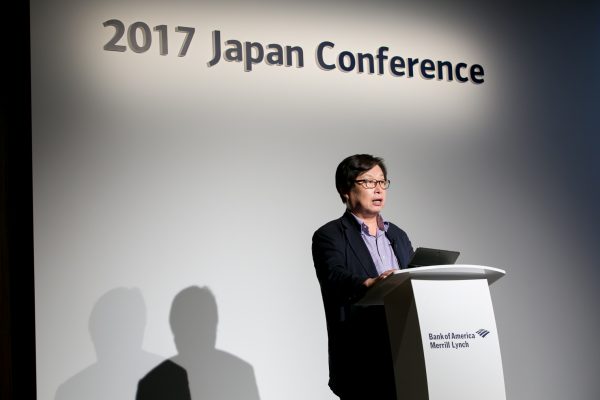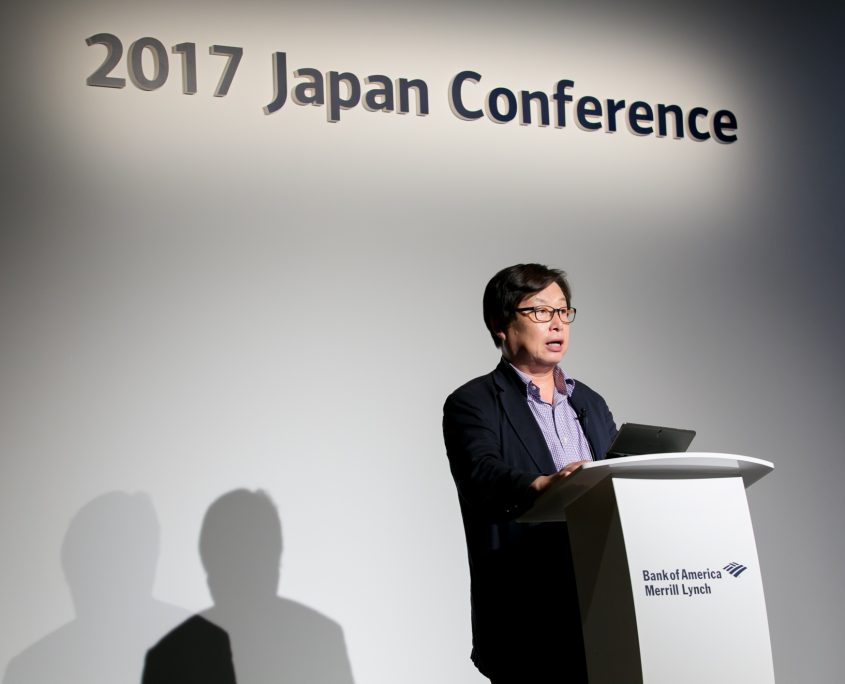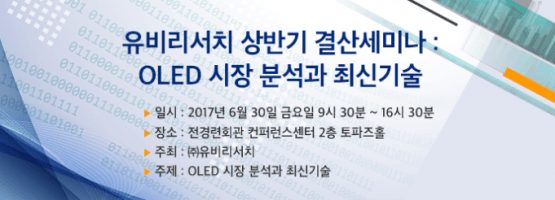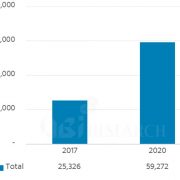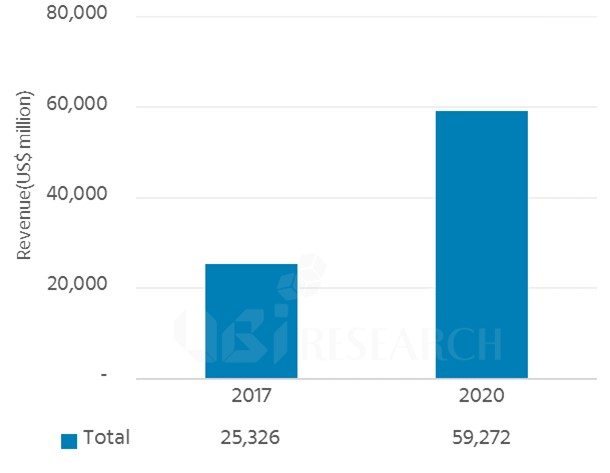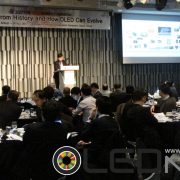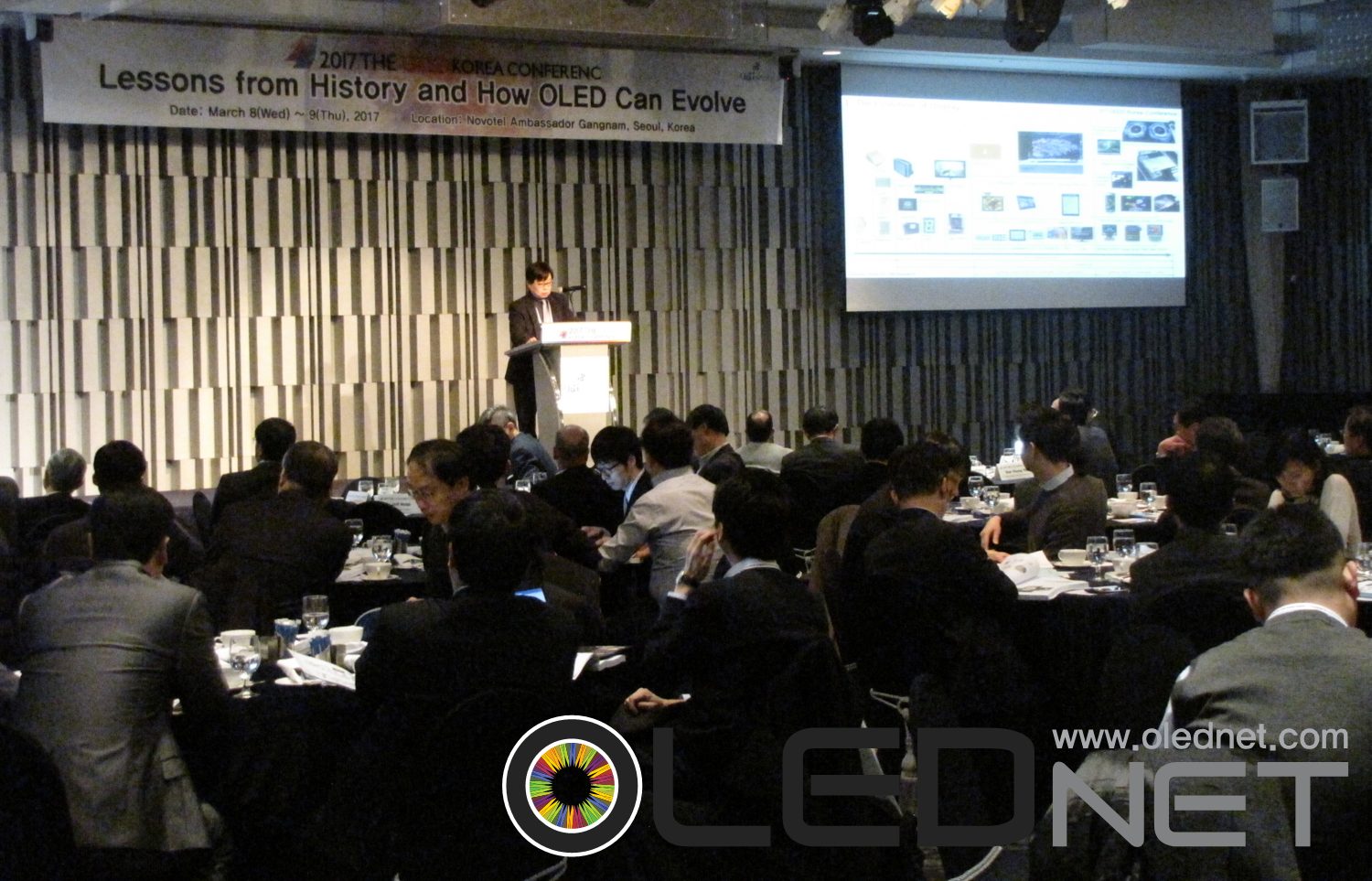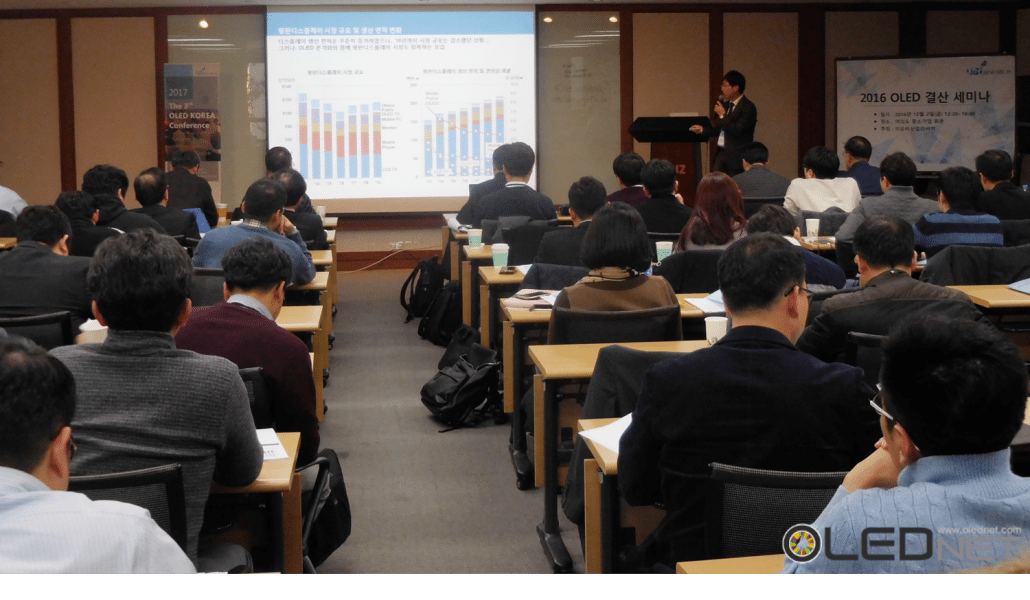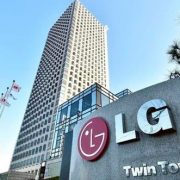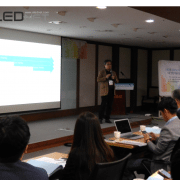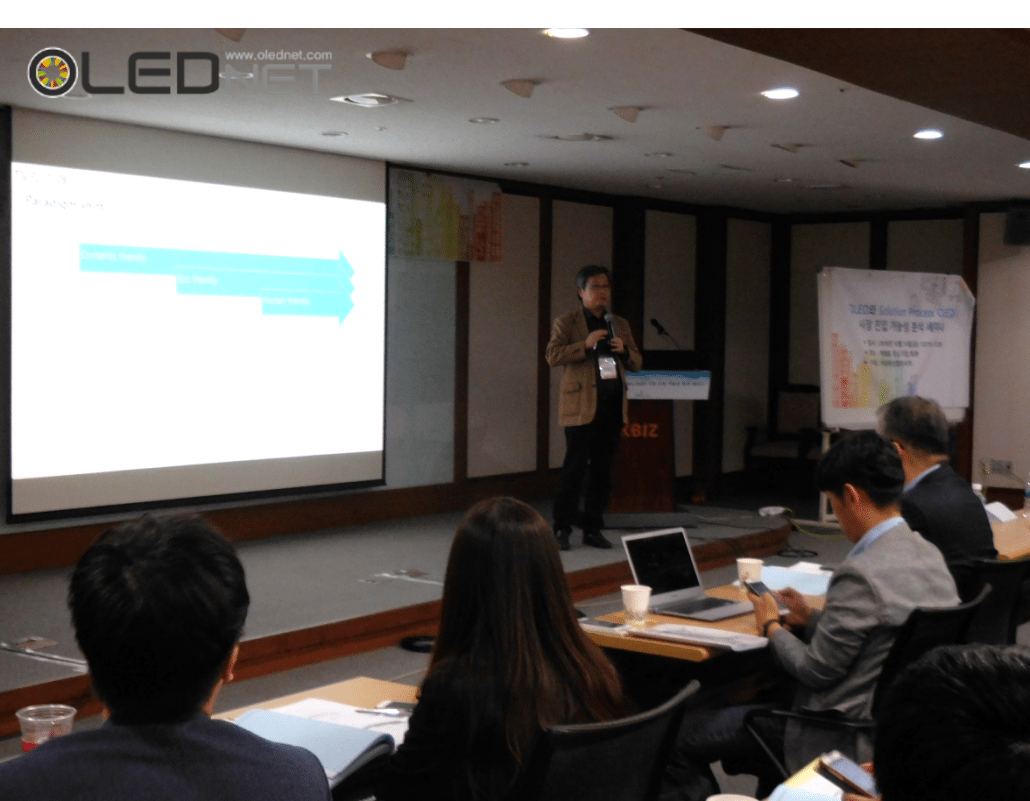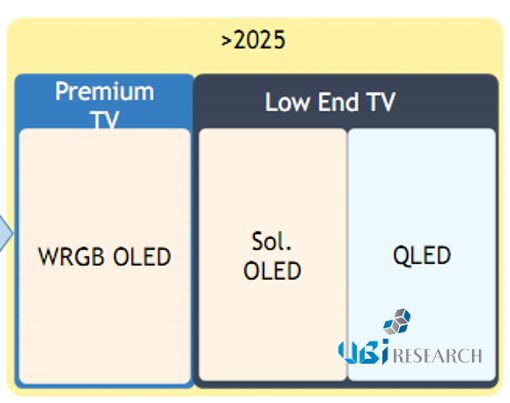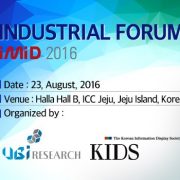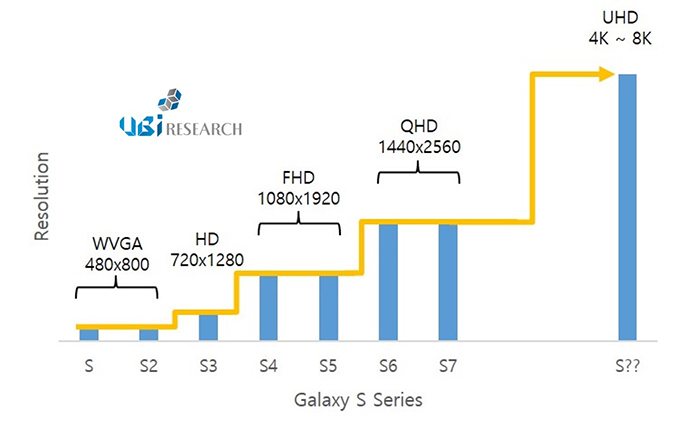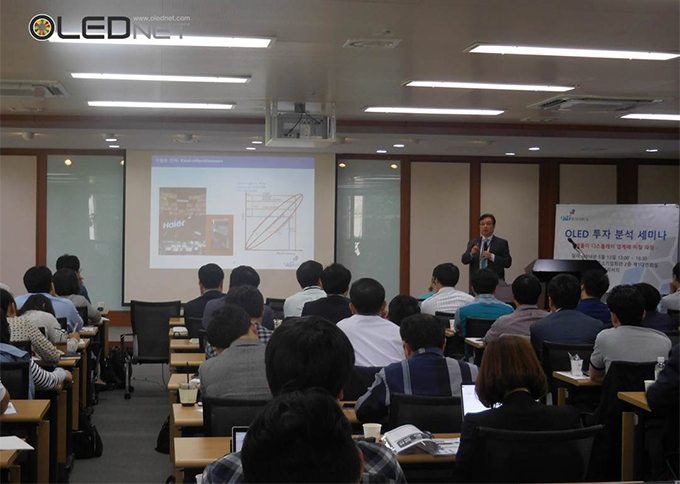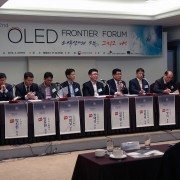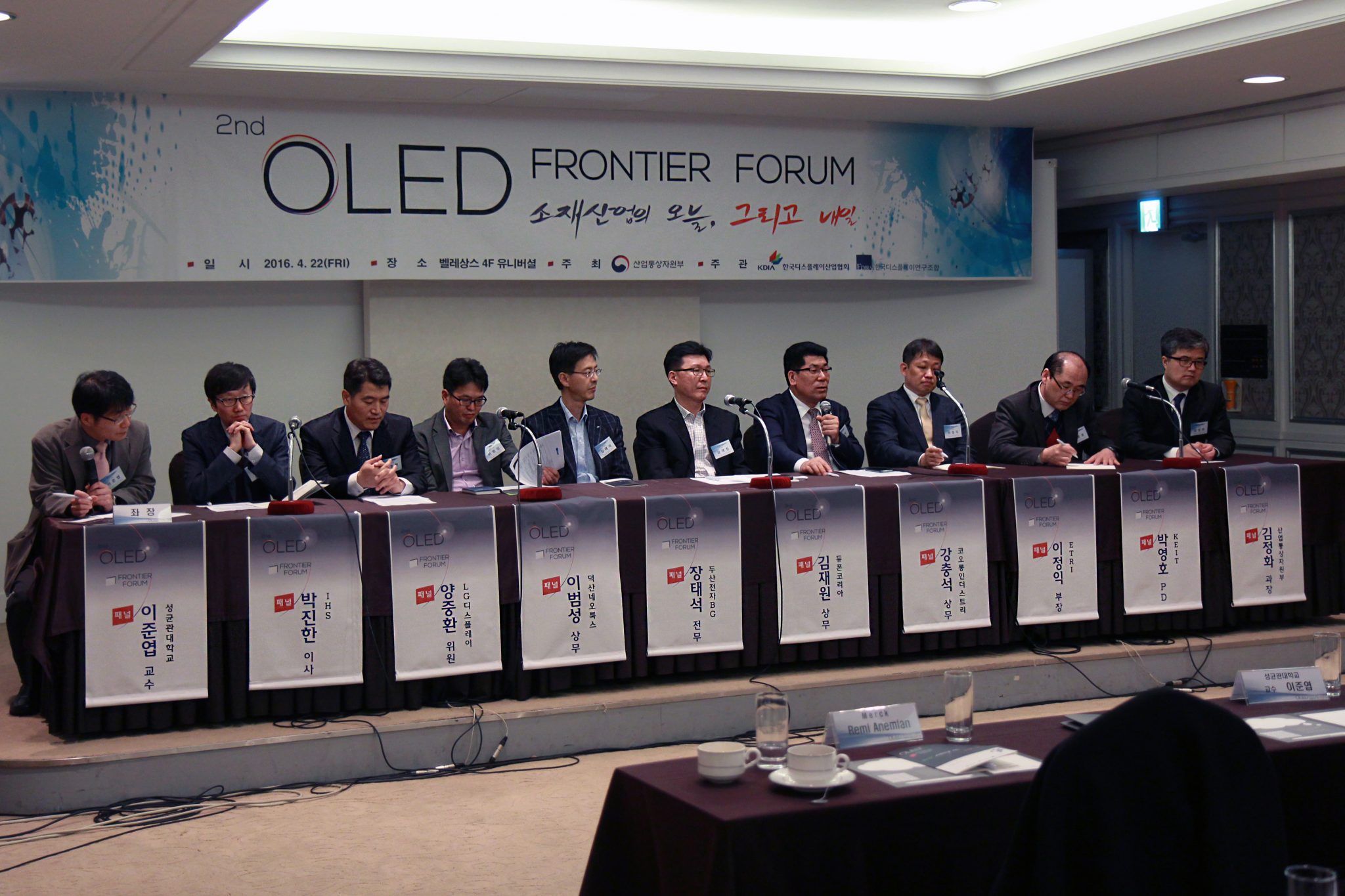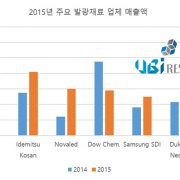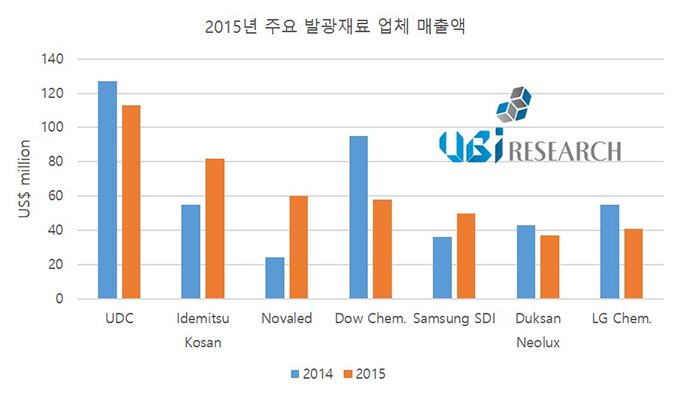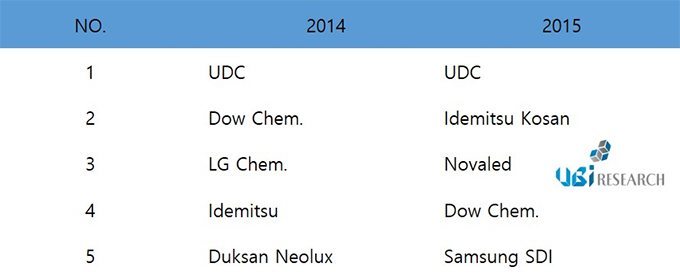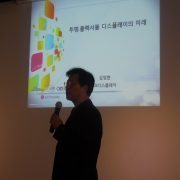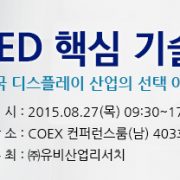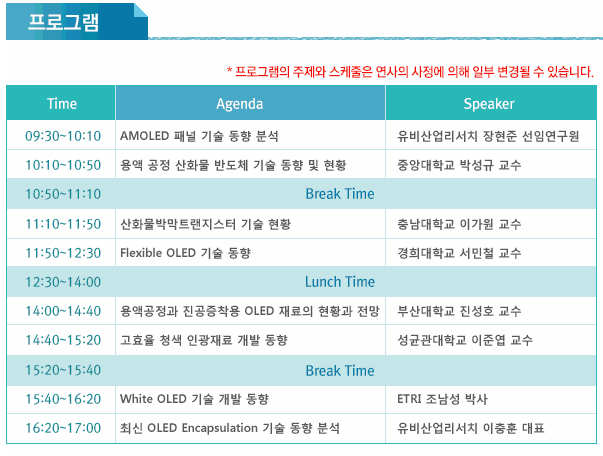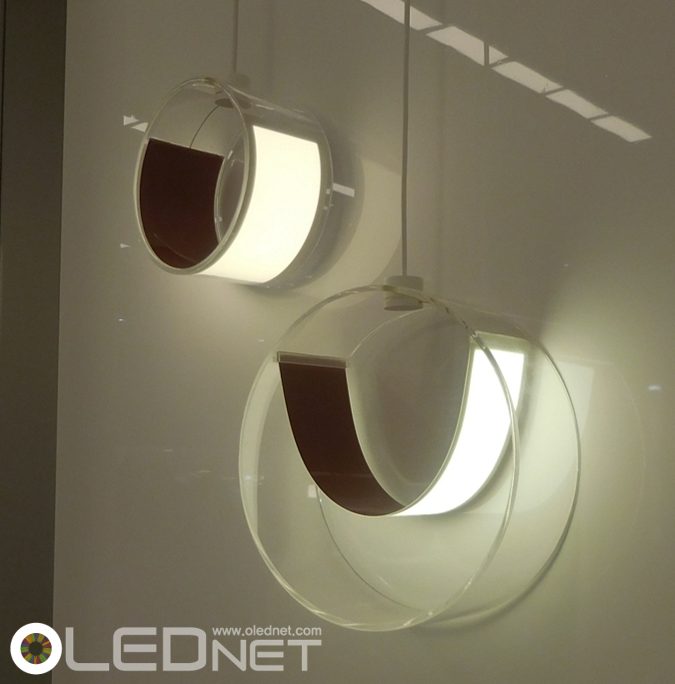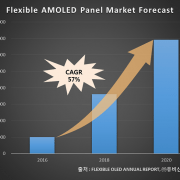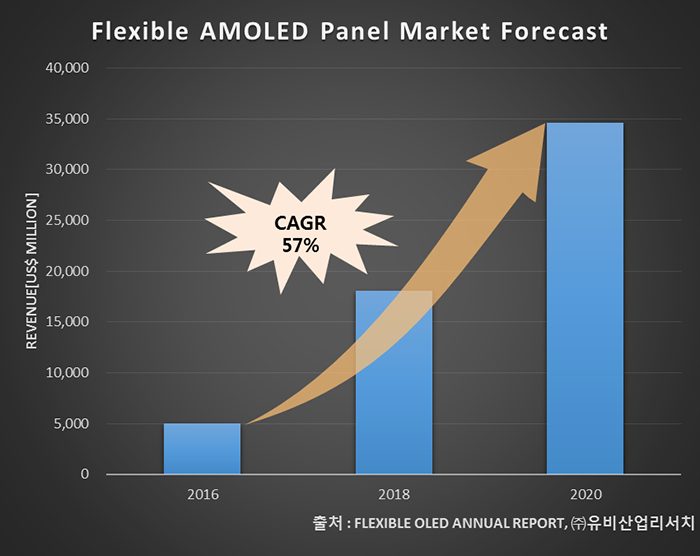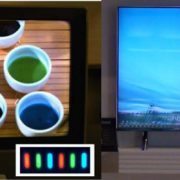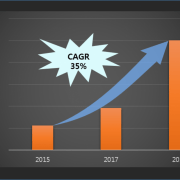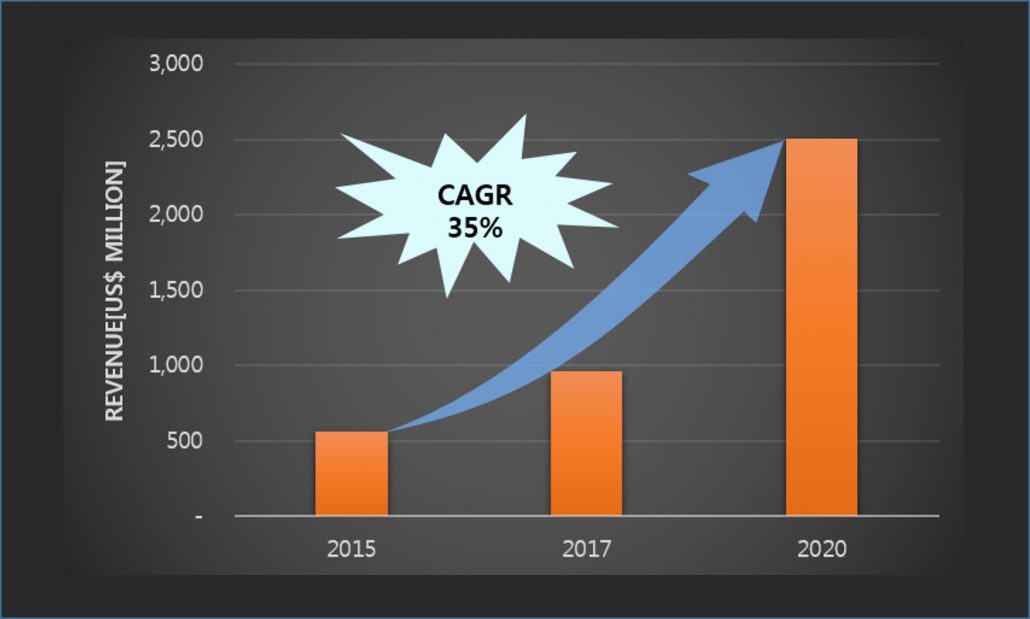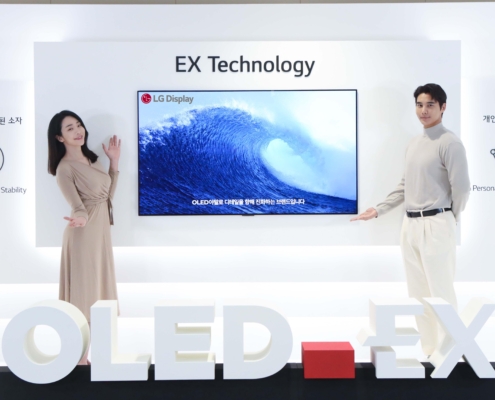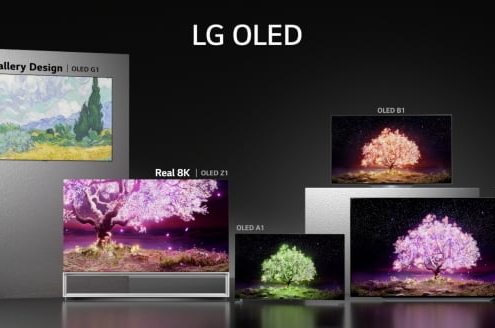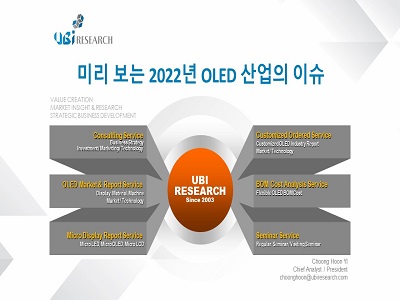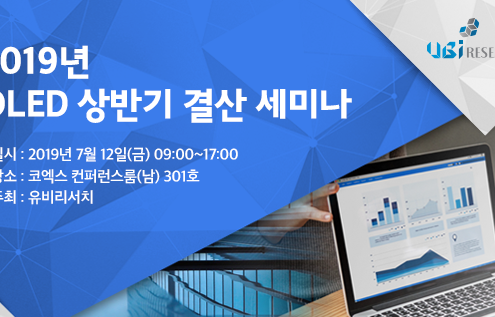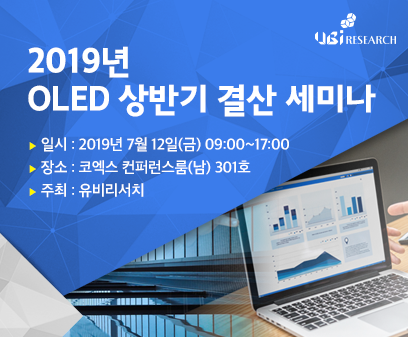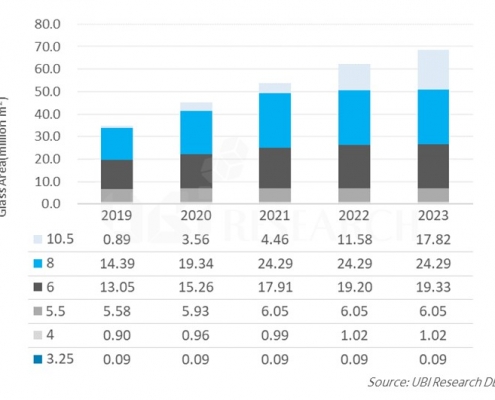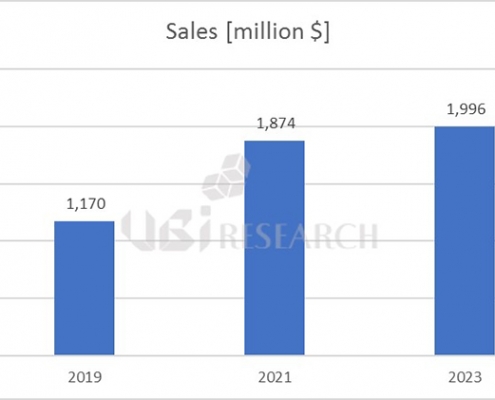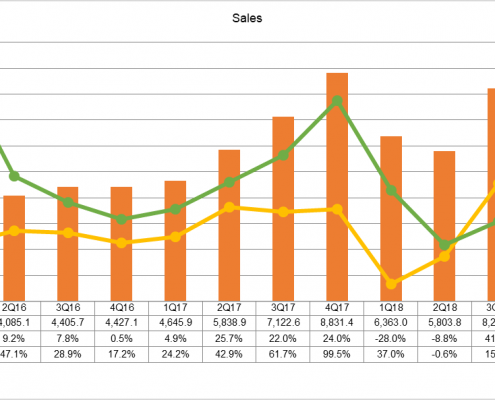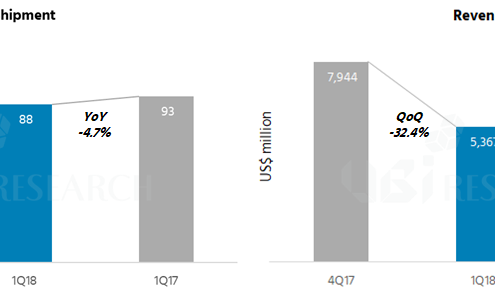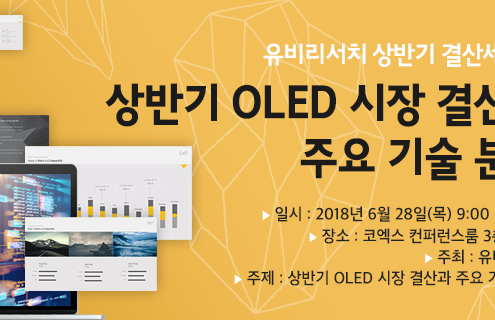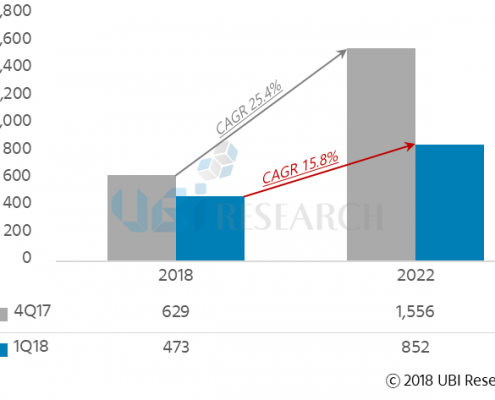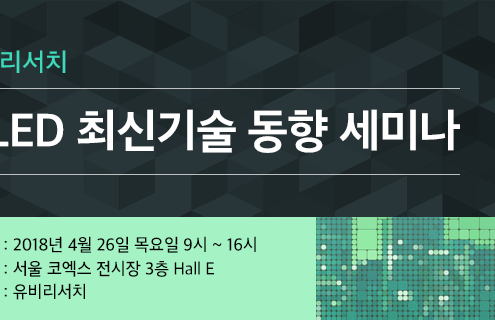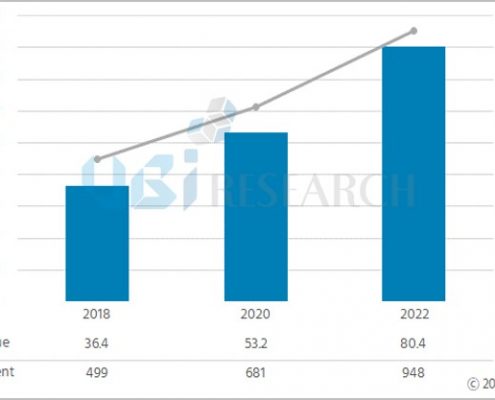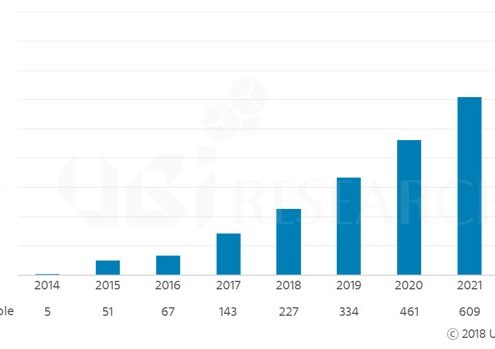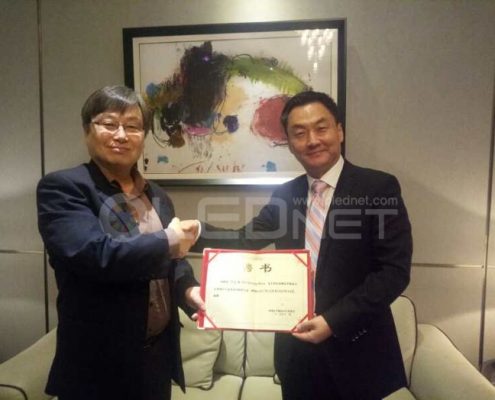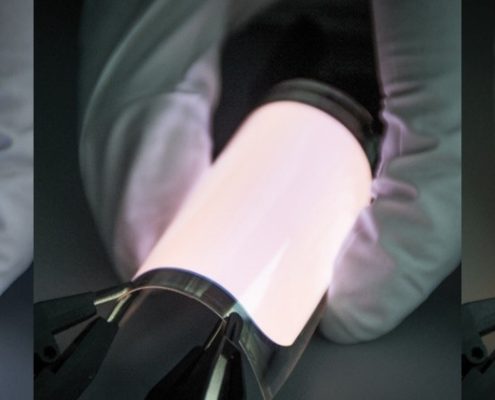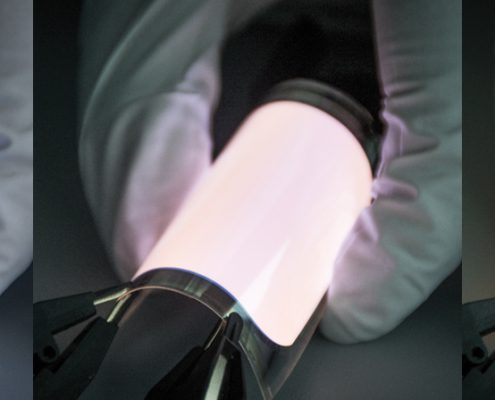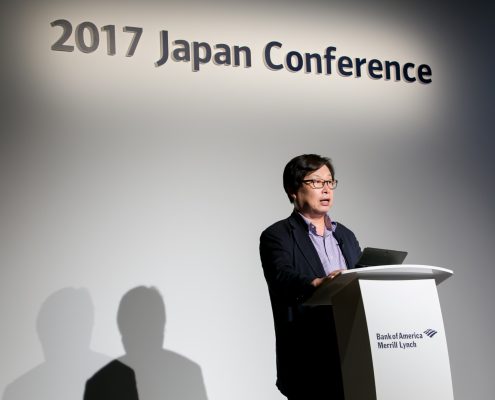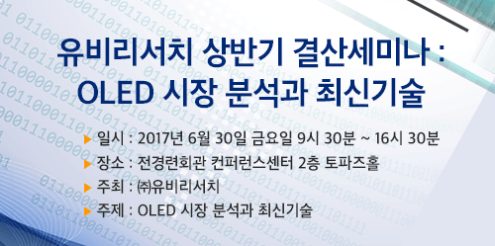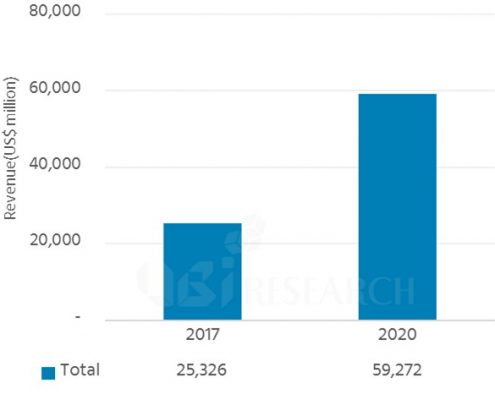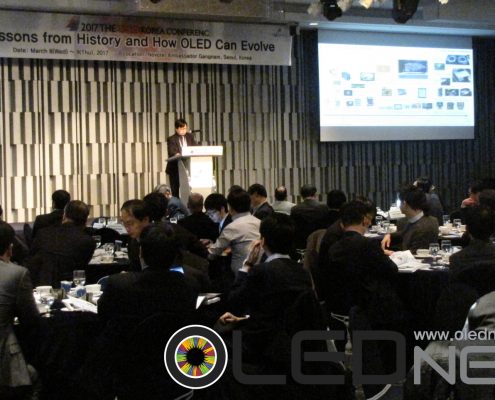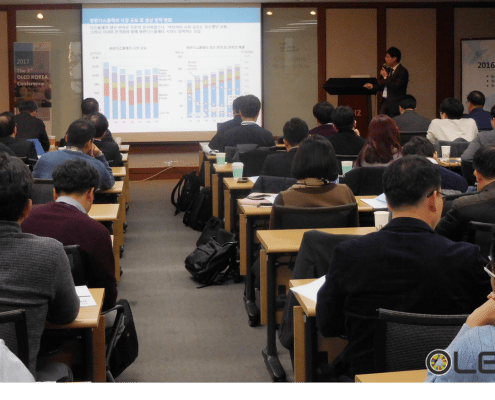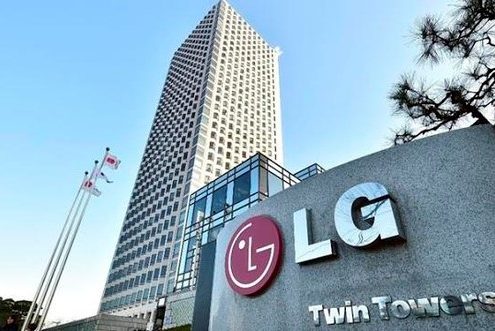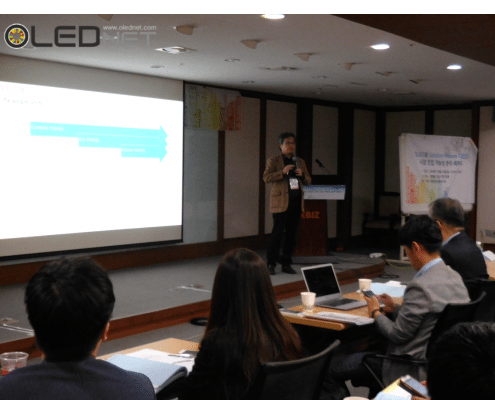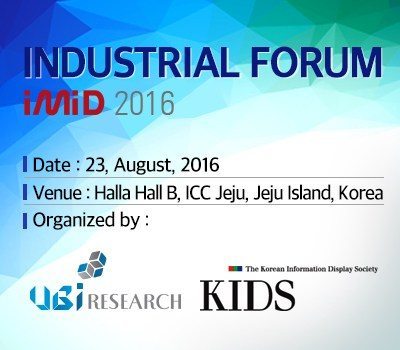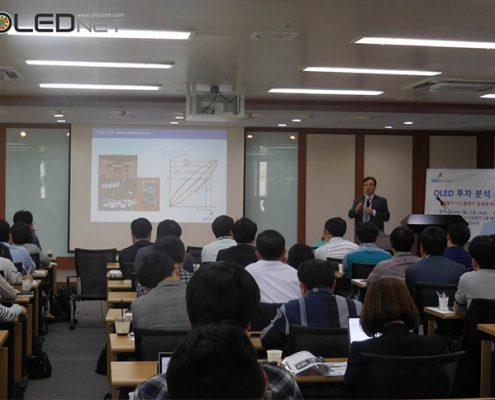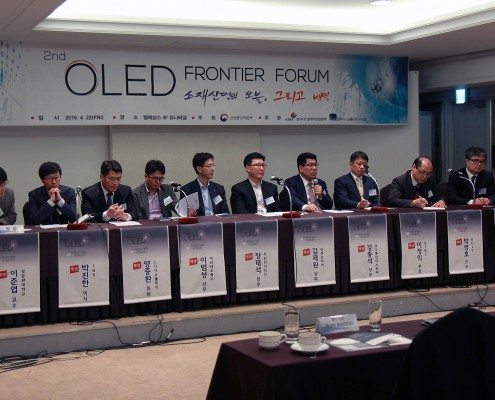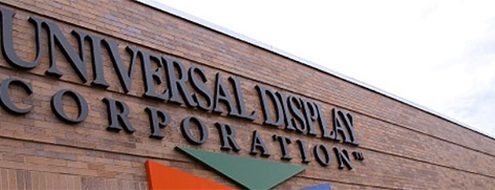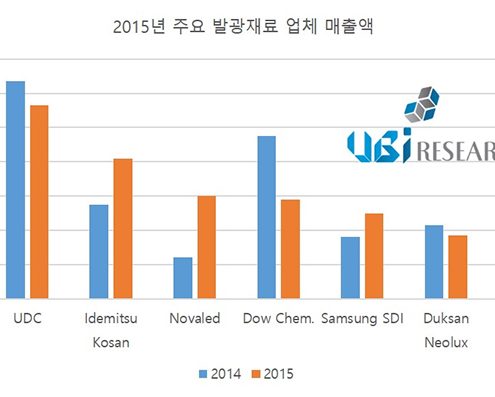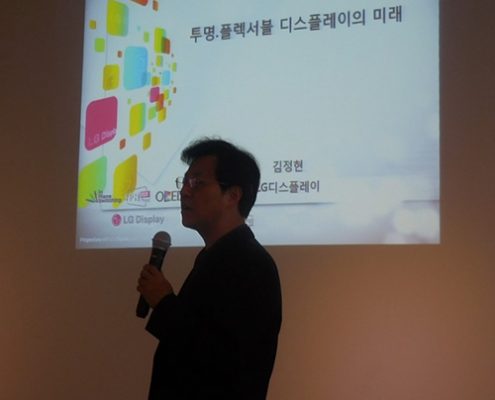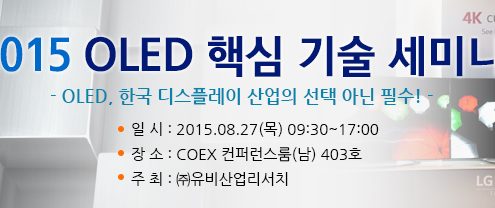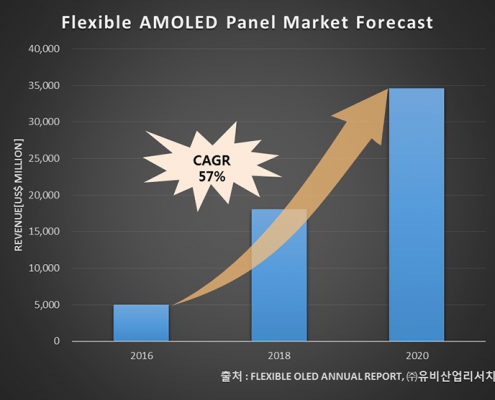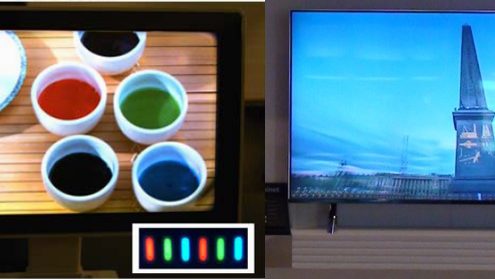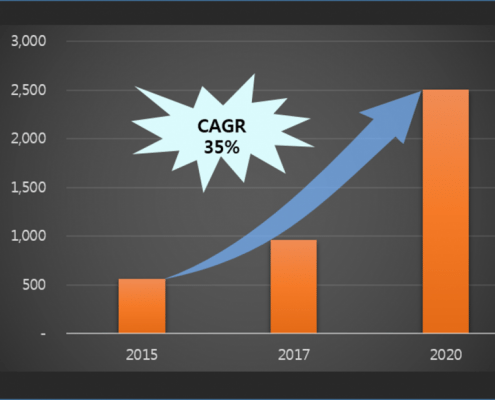LG디스플레이, 중수소▪개인화 알고리즘으로 화질 혁신한 차세대 TV 패널 ‘OLED.EX’ 발표
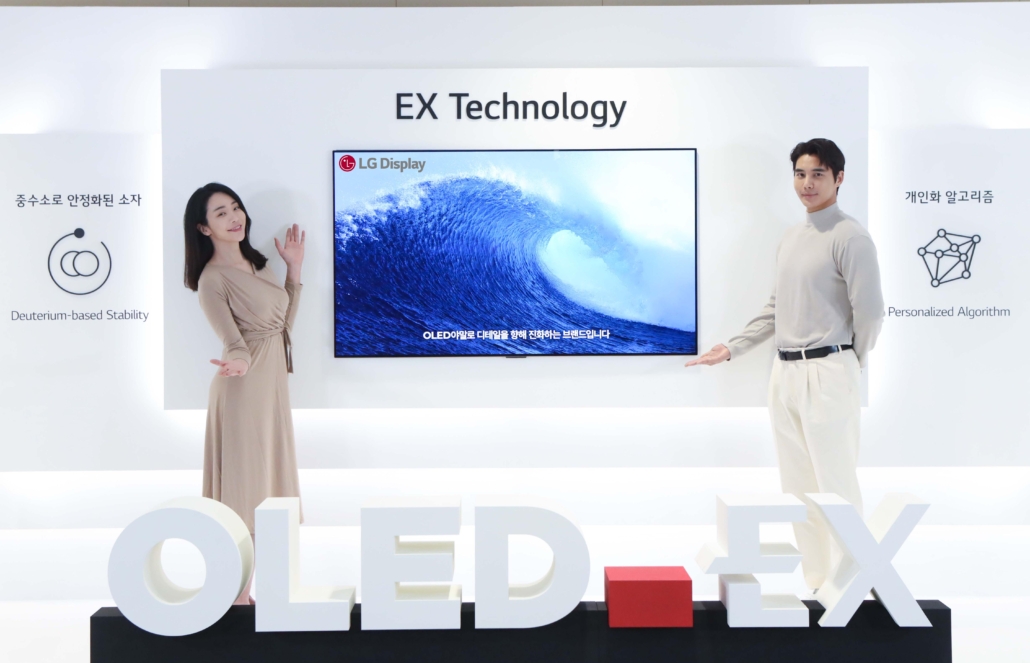
■ OLED 화질의 핵심인 유기발광 소자에 ‘중(重)수소 기술’과 ‘개인화 알고리즘’을 적용해 화면밝기(휘도)를 30% 높이고, 자연의 색은 보다 정교하게 재현하는 ‘OLED.EX’ 첫 공개
■ OLED 패널 개발 10년 기술력 결집한 ‘EX 테크놀로지’로 TV 화질의 한계 또 한 번 뛰어넘어
1) TV 패널로는 최초로 유기발광 소자의 주요 요소인 수소 원소를 보다 강력하고 안정적인 중수소로 바꿔 더 밝은 빛을 내는 고효율 소자 완성
2) 독자 개발한 개인화 알고리즘이 시청 패턴에 따라 유기발광 소자의 사용량 예측 및 에너지 투입량 정밀 제어, 정교한 영상 디테일 표현
3) 베젤 30%나 줄여 심미적 디자인 및 시청 몰입감도 구현
■ 내년 2분기부터 ‘OLED.EX’를 OLED TV 패널 전 시리즈에 적용, 프리미엄 TV 시장 내 ‘OLED 대세화’ 가속
■ LG디스플레이 오창호 대형 사업부장(부사장), “OLED 소자의 진화, 알고리즘의 진화, 디자인의 진화를 통해 소비자들에게 차별화된 고객 경험을 지속적으로 제공해 나갈 것”
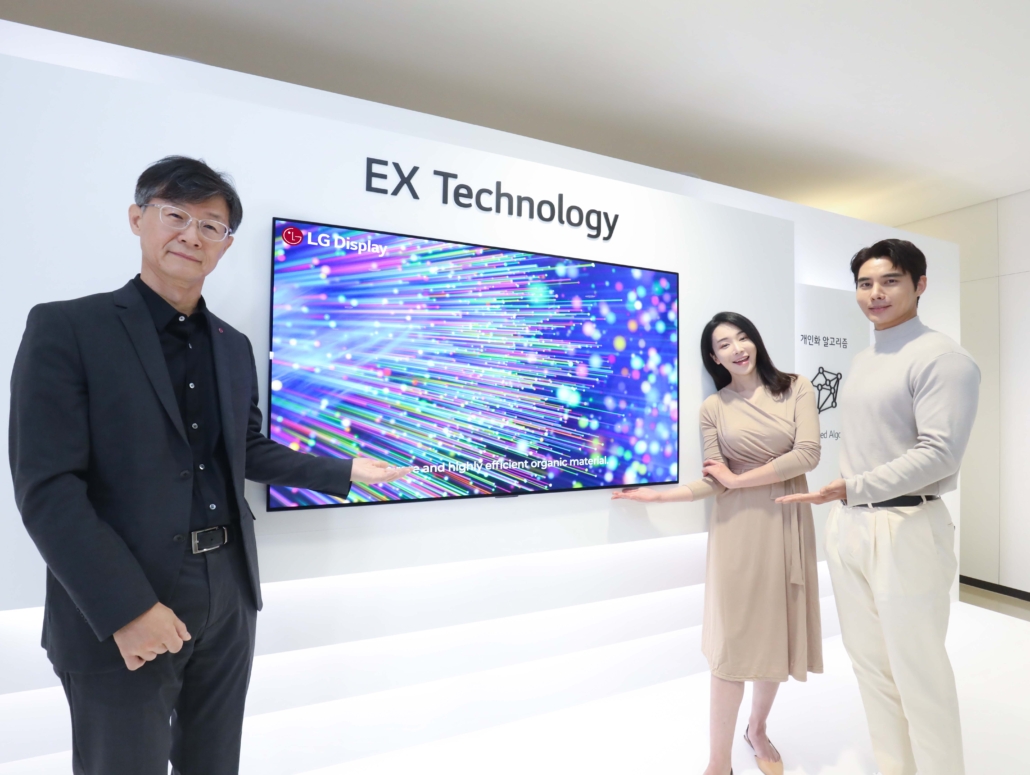
LG디스플레이(대표이사 사장 정호영/www.lgdisplay.com)가 29일 서울 강서구 소재 LG사이언스파크에서 화질을 혁신한 차세대 OLED(유기발광다이오드) TV 패널 ‘OLED.EX’를 발표했다.
‘OLED.EX’는 OLED 화질의 핵심이자 스스로 빛을 내는 유기발광 소자에 ‘중(重)수소 기술’과 ‘개인화 알고리즘’으로 이뤄진 ‘EX 테크놀로지’를 적용한 패널이다. 기존 OLED 대비 화면밝기(휘도)를 30% 높이고, 자연의 색은 보다 정교하게 재현한다.
LG디스플레이는 ‘OLED의 끊임없는 진화(Evolution)’를 통해 고객에게 ‘진화된 경험(Experience)’을 제공하겠다는 의미를 담아 차세대 패널의 브랜드를 ‘OLED.EX’로 명명했다.
OLED는 별도의 광원인 백라이트 없이 화소 하나하나가 스스로 빛을 내는 디스플레이로, 완벽한 블랙 등 정확하고 풍부한 색표현력과 현존 최고 수준의 응답속도를 갖췄다.
LG디스플레이는 지난 2013년 세계 최초로 OLED TV 패널 양산에 성공한 이후, 10년간 축적된 OLED 기술력을 결집해 차세대 제품인 ‘OLED.EX’로 TV 화질의 한계를 또 한번 뛰어넘었다고 설명했다.
■ OLED 패널 개발 10년 기술력 결집한 ‘EX 테크놀로지’로 TV 화질의 한계 또 한 번 뛰어넘어
‘EX 테크놀로지’는 화질의 핵심인 유기발광 소자에 ‘중수소 기술’과 ‘개인화 알고리즘’을 적용해, 한 차원 더 강인한 소자를 완성시키고 이를 정밀하게 제어하는 것이 특징이다.
햇살이 강물에 반사되어 반짝이는 입자들이나, 나뭇잎의 결 하나하나와 같은 사물의 디테일까지도 사실적이고 입체감있게 표현하고, 원작이 의도한 색을 왜곡없이 정확하게 전달한다.
○ 중수소로 더 밝은 빛 내는 고효율 소자 개발
LG디스플레이는 TV 패널로는 최초로 유기발광 소자의 주요 요소인 수소 원소를 보다 강력하고 안정된 구조의 ‘중수소’로 바꿔, 더 밝은 빛을 내는 고효율 소자를 개발하는 데 성공했다.
중수소는 ‘더 무거운 수소’라는 의미와 같이 일반 수소보다 2배 무거우며, 약 6,000개의 수소 원소 중 1개 꼴로 자연계에 극소량 존재한다. LG디스플레이는 물에서 중수소를 추출해 유기발광 소자에 적용했다.
중수소를 적용한 소자는 기존 소자보다 물리적으로 안정되고 강해져 밝기를 높여도 고효율을 유지하며, 오랫동안 안정적으로 작동한다.
○ 개인화 알고리즘으로 영상의 디테일 더욱 정교하게 표현
LG디스플레이가 독자 개발한 머신러닝 기반의 ‘개인화 알고리즘’은 유기발광 소자를 더욱 스마트하게 제어하는 역할을 한다.
사용자 개개인의 시청 패턴을 학습한 후 3,300만개(8K 해상도 기준)에 이르는 유기발광 소자의 개별 사용량을 예측해 에너지 투입량을 정밀하게 제어함으로써 영상의 디테일과 색을 더욱 정교하게 표현한다.
○ 베젤 30% 줄여 심미적 디자인 및 몰입감 구현
‘OLED.EX’는 디자인 측면에서도 한 차원 진화했다.
고도화된 OLED 제조 기술을 통해 기술적 한계로 여겨졌던 OLED 패널의 베젤을 65인치 기준으로 기존 6밀리미터(mm) 대에서 4밀리미터 대로 30%나 줄여, 심미적으로 뛰어난 디자인과 더욱 몰입감 있는 화면을 제공한다.
■ 내년 2분기부터 ‘OLED.EX’를 OLED TV 패널 전 시리즈에 적용,
프리미엄 TV 시장 내 ‘OLED 대세화’ 가속
LG디스플레이는 2022년 2분기부터 ‘OLED.EX’를 파주와 광저우에서 생산하는 OLED TV 패널 전 시리즈에 적용한다는 방침이다.
이를 통해, OLED의 진화된 고객 경험을 제공하고, 프리미엄 TV 시장 내 ‘OLED 대세화’를 가속해 나갈 계획이다.
LG디스플레이의 OLED TV 패널 판매량은 2013년 양산 첫 해 20만대로 시작해 양산 7년 만인 지난해 초 누적 1,000만대를 돌파한데 이어, 약 2년 만인 최근 누적 2,000만대를 넘어서며 가파르게 성장하고 있다.
이날 LG디스플레이 대형 사업부장 오창호 부사장은 “올해 전체 TV 시장이 지난해 대비 12% 역성장하는 와중에도, OLED 제품은 약 70% 성장이라는 성과를 거두었다”며 “OLED 소자의 진화, 알고리즘의 진화, 디자인의 진화를 통해 소비자들에게 차별화된 고객 경험을 제공해 나갈 것”이라고 밝혔다.

